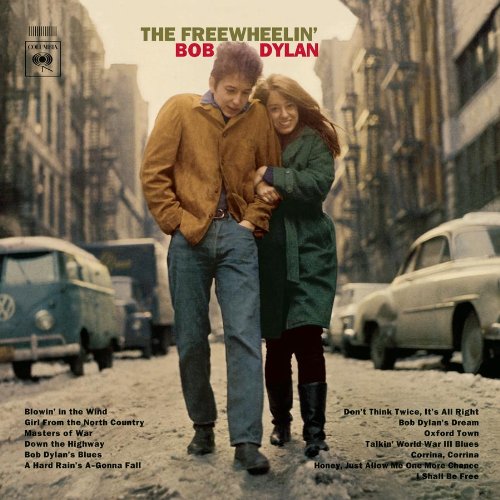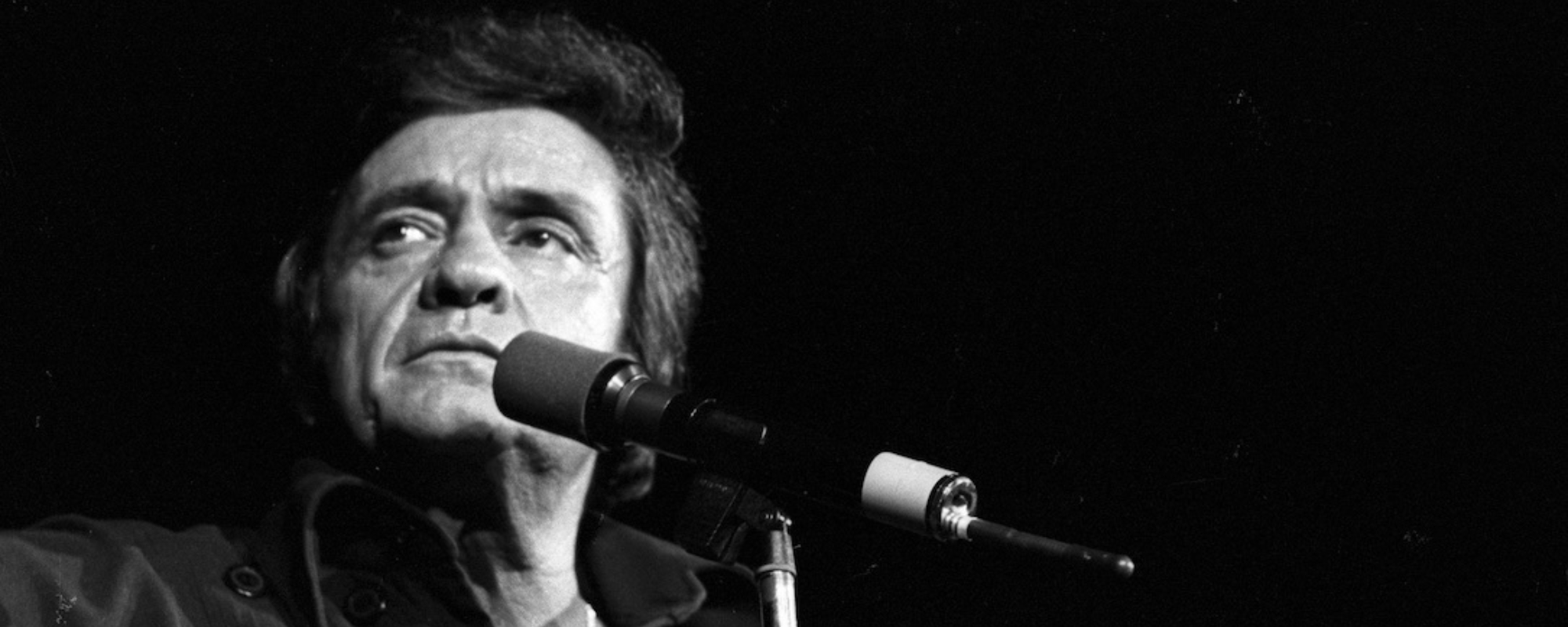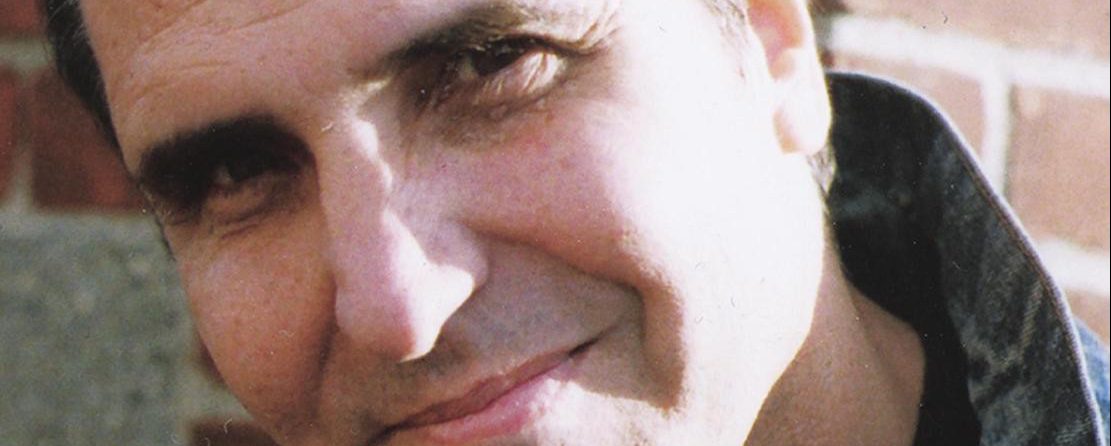Videos by American Songwriter
Pop quiz: what’s the appropriate amount of times to think about a lover who has just walked out your door?
Correct Answer: ONCE.
From “Postively 4th Street” to “You Go Your Way (And I’ll Go Mine),” Bob Dylan has proven to be a masterful songwriter of “kiss-off” songs, adding another element to rock lyrics that punk would perfect.
“Don’t Think Twice, It’s All Right,” is his perhaps his best, saddest, and sweetest kiss-off song, evoking feelings that are equally world weary, tender, forgiving, and spiteful. It’s a classic on an album of classics that introduced Dylan to the world at large (The Freewheelin’ Bob Dylan), and its poignant, knowing refrain has been burned into our hearts and minds for decades.
Elements of a classic: the plaintive vocal, sweet and doleful finger-picking, cathartic, hillbilly harmonica, and a melody that builds momentum like a freight train. In fact, it might be the Dylan song with the most chords in it (if you don’t count “In Search of Little Sadie”, “Ballad of a Thin Man,” “Tears of Rage,” and a couple of others.)
Also, the classic lines:
“When your rooster crows at the break of dawn,
look out your window and I’ll be gone”
“Goodbye’s too good a word babe, so I’ll just say fare thee well”
“I once loved a woman, a child I’m told”
“I gave her my heart but she wanted my soul”
Maybe Dylan intended it for his girlfriend Suze Rotolo, who famously went away to Italy, and neglected to come back (for a little while, anyway). From Howard Sounes’ “Down the Highway,” on the 1964 Newport Folk Festival:
“Backstage, Bob Dylan wore movie star shades and cracked a bullwhip he had received as a gift from Joan Baez. The whip added to the frisson surrounding the couple, a semisecret affair made more exciting because Suze was also at the festival. Baez headlined the evening concert on Sunday. Before performing “Don’t Think Twice, It’s All Right,” she told the audience that it was a song about a relationship that had lasted too long. Suze walked out of the arena, apparently close to tears.”
Well, that’s just sad. Another sad fact about “Don’t Think Twice” is that Dylan is not the sole author — instead, it was born out of the life-giving “folk process” so popular in the early 60s, when nobody in the folk music revival really “wrote” anything.
Influential folksinger Paul Clayton is said to have imparted the seeds of the melody to Dylan, as well as much of the lyrical conceit (Clayton is also heavily rumored to have inspired Joni Mitchell’s “Blue” and Dylan’s “It’s All Over Now, Baby Blue”; if so, it could be argued that he was well compensated for his generosity).
Clayton recorded “Who’s Goin’ To Buy You Ribbons When I’m Gone?,” the song which “Don’t Think Twice” derives from, in 1960, two years before Dylan recorded “Don’t Think Twice.”
The lyrics to “Ribbon”:
It ain’t no use to sit and sigh now, darlin, And it ain’t no use to sit and cry now,
T’ain’t no use to sit and wonder why, darlin,
Just wonder who’s gonna buy you ribbons when I’m gone.
So times on the railroad gettin’ hard, babe,
I woke up last night and saw it snow,
Remember what you said to me last summer
When you saw me walkin’ down that road.
So I’m walkin’ down that long, lonesome road,
You’re the one that made me travel on,
But still-I-can’t-help wonderin’ on my way,
Who’s gonna buy you ribbons when I’m gone?
Here’s how it all played out, as recounted by someone named Krasilovsky, in the book “Paul Clayton and the Folksong Revival” by Bob Coltman (his first name is not available in the Google Book Search excerpt, sorry.)
“We sent a tune detective down to interview the professors re….”Who’s Gonna Buy Your Ribbons,” based on Paul’s teaching his friend Bob Dylan the basic song, which was then varied. Paul asked his friend for a co-authorship credit. But the problem with Paul was that he was authentic in finding the true public domain. The tune detective who went to interview the professor was able to locate a song that was likely to have been the source, as the true public domain. We were successful in beating him down, because if he had true public domain as his source, then he couldn’t make any claim under the copyright.”
According to Coltman, Clayton received $500 dollars from Dylan’s management ($4,500 less than Jean Ritchie, who’s song “Nottanum Town” inspired “Masters of War,” received) and the case was dropped. Dylan listed the melody as “traditional, arranged by Bob Dylan” in the Freewheelin’ liner notes.
“Don’t Think Twice” might have been derived from the folk process, but with it, Dylan created an indelible folk song for us all to sing. More so than “The Times They Are A-Changin’,” more than “Blowin’ In the Wind,” “Don’t Think Twice” has emerged as Dylan’s true populist anthem, in part because it’s so lovable; breezy and hummable, yet effortlessly profound.
Suitably, it’s been covered by billions, from amateur guitarists and dimestore folkies to Eric Clapton and Joan Baez. The Allman Brothers Band, Johnny Cash, and Bryan Ferry each cut versions of this song, as did the Waifs, the Seekers, Susan Tedeschi and Frankie Valli. Peter, Paul and Mary helped popularize it the year it was released. Ramblin’ Jack Elliott, who Dylan learned a trick or two from, performs a masterful version of this song, live and on record.
An interesting side note, via Wikipedia:
“On the first release of the song, instead of “So I’m walkin’ down that long, lonesome road babe, where I’m bound, I can’t tell” Dylan sings “So long, honey babe, where I’m bound, I can’t tell”. The lyrics were changed when Dylan performed live versions of the song and on cover versions recorded by other artists.”
“Don’t Think Twice” remains and enduring live favorite. Even at his croakiest, Dylan can still do this song justice, trading the original’s lithe finger-picking for lightning-fast strumming and weathered, off-beat vocalizations.
On the day he is laid down in his grave, surely somebody somewhere will be singing “Don’t Think Twice, It’s Alright.”








Leave a Reply
Only members can comment. Become a member. Already a member? Log in.